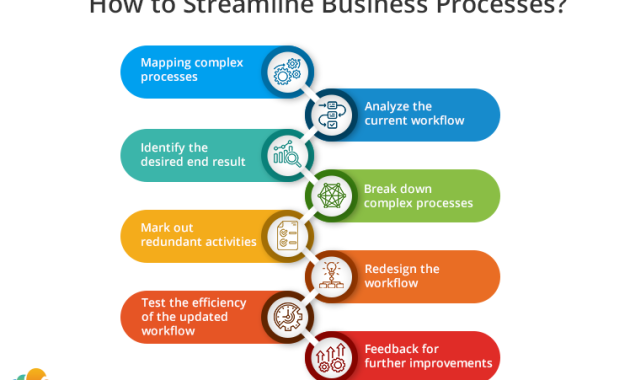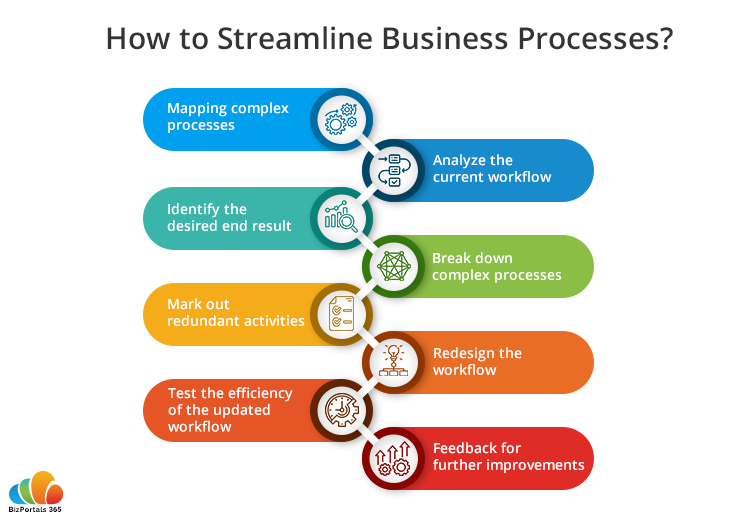
Streamline Everything with Business Intelligence Software: A Comprehensive Guide
In today’s fast-paced business environment, data is the new currency. Companies are drowning in information, but often lack the tools to effectively analyze and utilize it. This is where Business Intelligence (BI) software steps in. It’s a powerful ally for organizations of all sizes. It transforms raw data into actionable insights. This guide delves deep into Business Intelligence software, exploring its capabilities, benefits, and implementation strategies. The goal is to help you understand how to streamline everything with Business Intelligence software.
Understanding Business Intelligence Software
Business Intelligence software encompasses a range of applications. These applications are designed to collect, process, analyze, and visualize data. The core objective is to support informed decision-making. Unlike traditional reporting tools, BI software offers a dynamic and interactive experience. It enables users to explore data from multiple angles and uncover hidden trends. Key components often include data warehousing, data mining, online analytical processing (OLAP), and reporting dashboards.
Data warehousing acts as a central repository. It consolidates data from various sources. Data mining uses algorithms to identify patterns and relationships within the data. OLAP allows for multidimensional data analysis, enabling users to slice and dice information. Reporting dashboards provide interactive visualizations. These dashboards present key performance indicators (KPIs) and other vital metrics.
Key Benefits of Implementing Business Intelligence Software
Implementing Business Intelligence software can bring numerous benefits to an organization. These benefits include:
- Improved Decision-Making: BI empowers decision-makers with real-time, data-driven insights. This leads to more informed and strategic choices.
- Enhanced Efficiency: Automation of data collection, analysis, and reporting frees up valuable time. This allows employees to focus on core business activities.
- Increased Revenue: By identifying market trends and customer preferences, BI can help businesses optimize their sales and marketing efforts.
- Reduced Costs: BI can pinpoint areas of inefficiency and waste, leading to cost savings.
- Competitive Advantage: Gaining a deeper understanding of the market and customers provides a competitive edge. Businesses can then adapt quickly to changing conditions.
- Better Customer Experience: Insights from BI can personalize customer interactions. This can improve customer satisfaction.
The ability to streamline everything with Business Intelligence software is a major advantage.
Core Features of Business Intelligence Software
Business Intelligence software offers a variety of features. These features are designed to meet the diverse needs of businesses. Here are some of the core features:
- Data Integration: The ability to connect to a wide range of data sources. This includes databases, spreadsheets, cloud services, and social media platforms.
- Data Warehousing: A central repository for storing and managing large volumes of data.
- Data Mining: Algorithms to discover patterns, trends, and anomalies within the data.
- Data Visualization: Interactive dashboards, charts, and graphs to present data in an easily understandable format.
- Reporting: Customizable reports that provide insights into key performance indicators (KPIs).
- OLAP (Online Analytical Processing): Multidimensional data analysis that allows users to explore data from different angles.
- Predictive Analytics: The use of statistical techniques to forecast future trends and outcomes.
- Mobile BI: Access to data and insights on mobile devices. This allows decision-makers to stay informed on the go.
These features work together to create a comprehensive solution. This solution empowers businesses to effectively streamline everything with Business Intelligence software.
Choosing the Right Business Intelligence Software
Selecting the right Business Intelligence software is crucial for success. The best choice depends on the specific needs and requirements of your organization. Consider the following factors:
- Data Sources: Ensure the software can connect to all your existing data sources.
- Scalability: Choose a solution that can grow with your business.
- Ease of Use: The software should be user-friendly. It should allow for easy data visualization and reporting.
- Features: Evaluate which features are most important for your business goals.
- Cost: Compare pricing models and ensure the software fits your budget.
- Support: Check the availability of customer support and training resources.
- Security: Ensure the software offers robust security features to protect your data.
Conduct thorough research and consider a trial period. This will help you evaluate different options before making a final decision. The right BI tool will help you streamline everything with Business Intelligence software.
Implementing Business Intelligence Software: A Step-by-Step Guide
Implementing Business Intelligence software requires a strategic approach. Here is a step-by-step guide to help you get started:
- Define Your Goals: Clearly define the objectives of your BI implementation. Determine what questions you want to answer with the data.
- Identify Data Sources: Identify all the data sources you need to integrate.
- Choose a BI Solution: Select the software that best fits your needs and budget.
- Data Integration: Connect the software to your data sources and extract the data.
- Data Transformation: Clean, transform, and prepare the data for analysis.
- Build Dashboards and Reports: Create interactive dashboards and reports. These will visualize your data and track KPIs.
- User Training: Train your employees on how to use the software and interpret the data.
- Monitor and Evaluate: Continuously monitor the performance of your BI system. Make adjustments as needed.
Following these steps will help you successfully streamline everything with Business Intelligence software.
Real-World Examples of Business Intelligence Software in Action
Many companies are successfully using Business Intelligence software. Here are some examples:
- Retail: Retailers use BI to analyze sales data, identify customer preferences, and optimize inventory management. This allows them to improve the shopping experience and increase sales.
- Healthcare: Healthcare providers use BI to improve patient care. They analyze patient data, track outcomes, and identify areas for improvement.
- Finance: Financial institutions use BI for fraud detection, risk management, and investment analysis. This helps them make better financial decisions.
- Manufacturing: Manufacturers use BI to optimize production processes, reduce waste, and improve efficiency.
- Marketing: Marketers use BI to analyze campaign performance, understand customer behavior, and personalize marketing efforts.
These examples demonstrate the versatility and power of Business Intelligence software. They highlight how it can be used to streamline everything with Business Intelligence software.
The Future of Business Intelligence
The future of Business Intelligence software is promising. Advancements in technology will continue to drive its evolution. Key trends include:
- Artificial Intelligence (AI) and Machine Learning (ML): AI and ML are being integrated into BI. This allows for more advanced data analysis and predictive capabilities.
- Cloud-Based BI: Cloud-based BI solutions are becoming increasingly popular. They offer greater flexibility and scalability.
- Self-Service BI: Self-service BI tools are empowering business users. This allows them to analyze data without relying on IT.
- Data Democratization: The trend of making data accessible to everyone in the organization. This promotes data-driven decision-making at all levels.
These trends will further enhance the capabilities of Business Intelligence software. They will help businesses to streamline everything with Business Intelligence software even more effectively.
Conclusion: Embracing the Power of Business Intelligence Software
Business Intelligence software is a critical tool for modern businesses. It empowers organizations to make informed decisions, improve efficiency, and gain a competitive advantage. By understanding the capabilities, benefits, and implementation strategies, you can harness the power of BI. You can streamline everything with Business Intelligence software and drive business success. Investing in BI is an investment in the future. It’s a commitment to data-driven decision-making. It’s a commitment to unlocking the full potential of your business. [See also: Data Visualization Best Practices] [See also: Choosing the Right BI Tool for Your Business]

